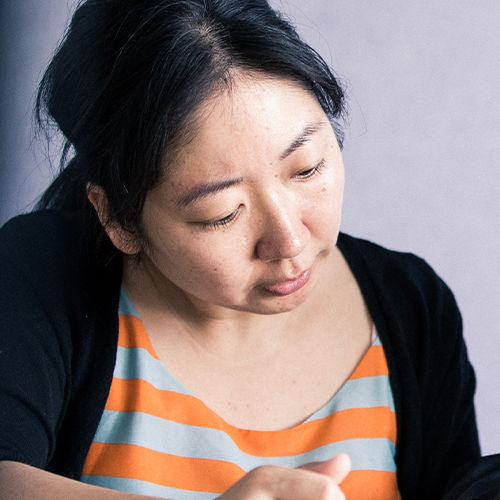
Talking to your healthcare team
Visiting your healthcare team can be daunting and you may feel overwhelmed. With that in mind, we have developed this short discussion guide.
Exercise and physical activity is vital for people living with haemophilia.
Discover more and find the right activities to suit you or your loved one.
Bleeding into the joints (hemarthrosis) and subsequent joint damage (arthropathy) are the most common complications seen in haemophilia. In some cases, if bleeds continue to occur in a particular joint, this will become what is known as a 'target joint'. Target joints generally occur when there have been three bleeds into the same joint in a six-month time period. The most common target joints are the knees, ankles, and elbows, leading to a limited range of movement and pain.
Physical activity is vital for people living with haemophilia. Not only does it contribute to physical fitness and all the health benefits associated, it can actually promote normal neuromuscular development - which means it can protect and strengthen joints.
Find out how Brian's life changed once he started focusing on physical activity and exercise.
Exercising and becoming more physically active is a good way to improve your overall health, the health of your joints and potentially lose weight.
Ideal exercises for people living with haemophilia include non-contact sports, such as swimming, walking, golf, badminton, cycling, rowing, sailing and table tennis. Organised sports programs with the correct protective equipment and supervision are a great way of staying healthy. We have also created a range of simple exercises that you can do at home to start off your exercise regimen!
Please consult your healthcare team before engaging in any new forms of physical activity or exercise.
Discover how dancing and yoga has helped Jecorei Lyons to deal with his haemophilia, benefit his joints and reduce his bleeds. You can watch his story here and try out some of his exercise techniques yourself.





